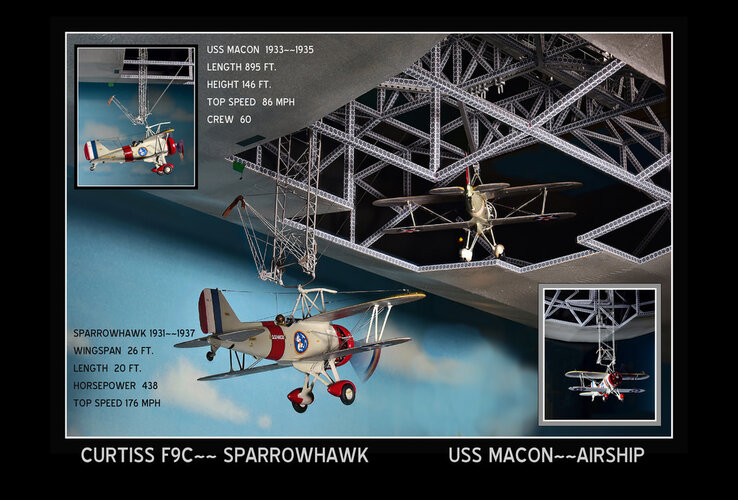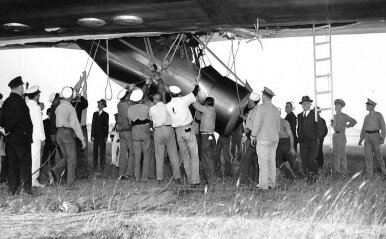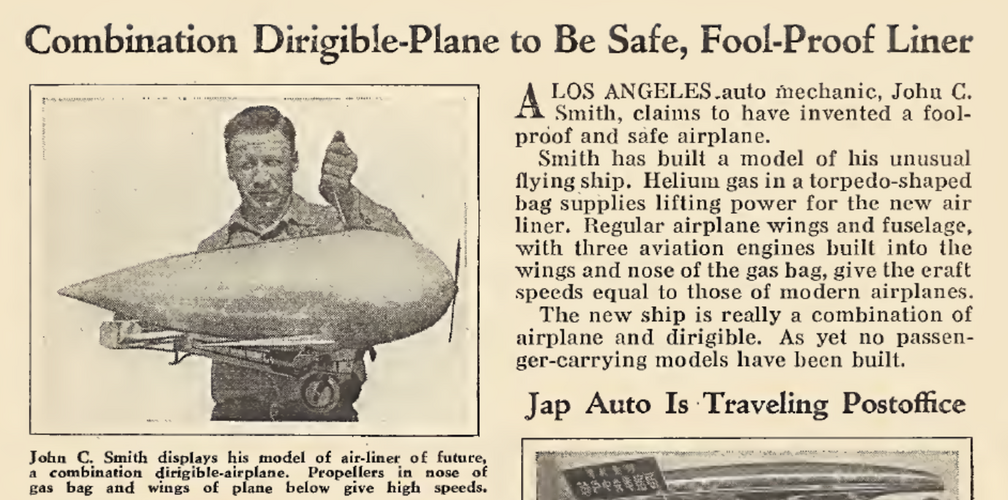- Joined
- 11 March 2006
- Messages
- 8,622
- Reaction score
- 3,779
Aircraft were already launched from airships during WW I, when the British airship R.23 was
used for trials with two Sopwith Camel fighters. But the first practical design, that could launch
AND recover more than one aircraft, was the USN ZRS-4 Akron, later followed by the ZRS-5
Macon. In "Luftschiffe, die nie gebaut wurden" (Airships, that were never built), Zeppelinmuseum
Friedrichshafen I found two drawings of pre-projects, directly leading two those two airships
The shapes of the fins and gondola are different, the upper fin containing a cabin, too, and
the nose is more blunt.
A Goodyear advertisment from the '420s (!) shows a similar, but obviously heavily armed airship,
with a more modern fighter complement (looks like a F5U derivative), but that's for sure more a
notional drawing, than a real project !
used for trials with two Sopwith Camel fighters. But the first practical design, that could launch
AND recover more than one aircraft, was the USN ZRS-4 Akron, later followed by the ZRS-5
Macon. In "Luftschiffe, die nie gebaut wurden" (Airships, that were never built), Zeppelinmuseum
Friedrichshafen I found two drawings of pre-projects, directly leading two those two airships
The shapes of the fins and gondola are different, the upper fin containing a cabin, too, and
the nose is more blunt.
A Goodyear advertisment from the '420s (!) shows a similar, but obviously heavily armed airship,
with a more modern fighter complement (looks like a F5U derivative), but that's for sure more a
notional drawing, than a real project !

























